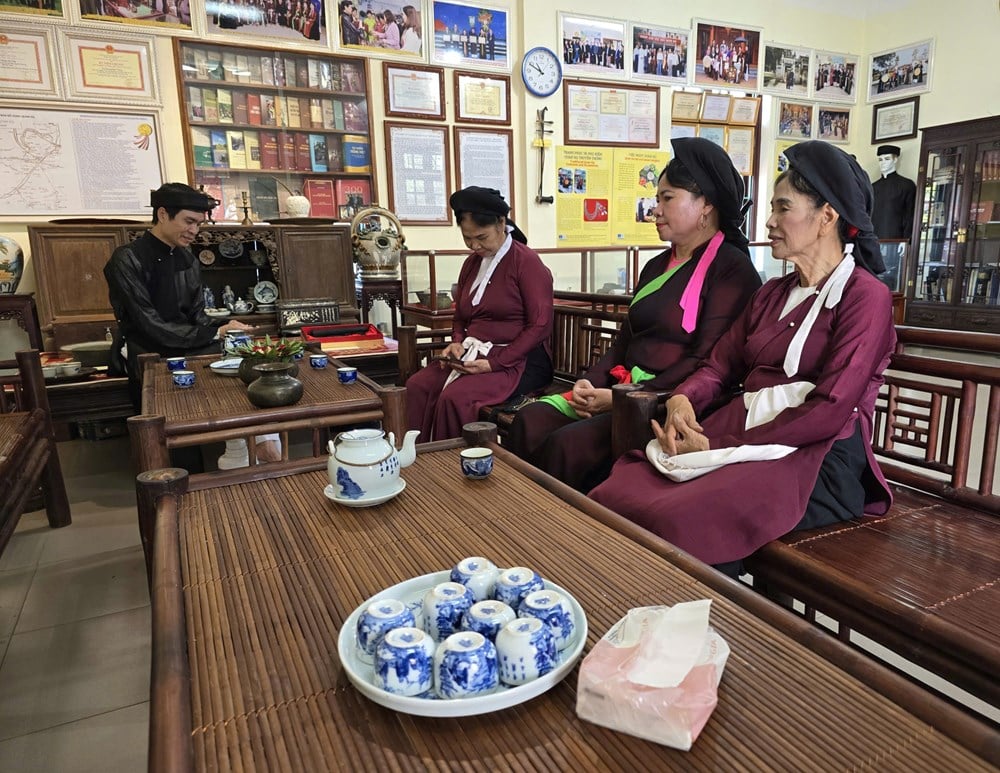
As one of the 49 ancient Quan Ho villages of Bac Ninh , Hoai Trung was once famous for its “Quan Ho groups” who played in the right way, maintaining an elegant and polite style. Before 1945, the elders in the village often made friends, sang and responded to each other in traditional singing sessions, creating a rich and sophisticated folk cultural life.
In 1992, the Hoai Trung Quan Ho Club was established, initially with only 7 members, all of whom were elderly, "playing in groups", without a younger generation. Mr. Duong Duc Thang, a 6th generation descendant of an original Quan Ho family, was taught by his grandfather since he was 4 years old, becoming the youngest member. To date, he is the only one left of that old generation, still diligently preserving the old Quan Ho playing style.
After more than 30 years of operation, the Hoai Trung Quan Ho Club has grown strongly with 50 members, four of whom have been recognized as artisans by the province. Since 2012, the Club has maintained a "Quan Ho Mang Non" class attracting 18-25 children during the school year and up to 45 children in the summer, the green shoots of the heritage are being nurtured every day.
What makes Hoai Trung Quan Ho a highlight is its persistence in reviving ancient singing styles that have been lost for more than half a century. In 2017, the club cooperated with the Vietnam Academy of Music to successfully organize a complete ancient Quan Ho singing session, something that no other place has been able to do. To date, Hoai Trung is still the only village in the province that can sing "ancient Quan Ho sessions with 5 upper and 5 lower sentences", and at the same time restore Chuc singing and Mung singing, singing styles that only remain in the memories of ancient artists.
Mr. Duong Duc Thang shared: “We can now sing 5 upper and 5 lower lines, 10 out lines and 10 parallel lines, a total of 20 lines. Although we do not have 72 lines and 36 voices like our ancestors, this is still something valuable. We have documents, we have faith, and we are gradually restoring that ancient singing style completely.”
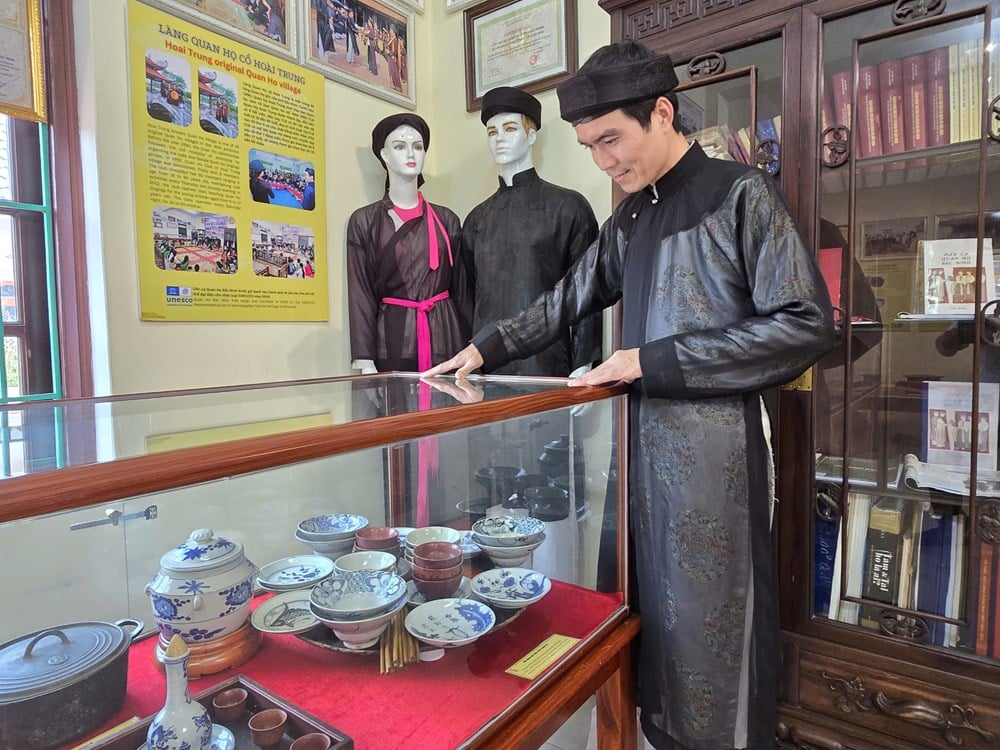
The love of Quan Ho of the Lien Anh and Lien Chi in Hoai Trung is not only expressed through their singing but also through their persistent collecting efforts over decades. Since 1996, Mr. Thang has started collecting objects, costumes, and documents associated with ancient Quan Ho artists such as betel boxes, lime pots, teapots, mahogany beds, tea cabinets, umbrellas, conical hats, and costumes...
One of the most precious souvenirs is the mother-of-pearl inlaid betel box of Thang’s grandmother, a famous Lien Chi from the ancient Kinh Bac region. Thang said that in every Quan Ho performance, the conical hat, the umbrella and the betel leaves folded in the shape of phoenix wings are indispensable. Therefore, in the past, whenever going to “play” Quan Ho, his grandmother often brought a betel box to prepare betel leaves for guests.
However, over time, the betel box was lost. Following the information that people told him, Mr. Thang had to spend many years of persuasion and a lot of money to redeem it. Currently, the betel box is one of the most unique artifacts in the gallery. "It is not just an artifact but a memory, the soul of the Quan Ho singing profession," Mr. Thang said emotionally.
In 2022, the “Quan họ cũ và này” exhibition room was officially opened in Hoài Trung village, preserving nearly 200 ancient artifacts, ranging in age from 70 to over 200 years. Each item is labeled with the name of the artist, telling the story of a glorious time. The club also collected more than 50 books on Quan họ from 1928, 18 handwritten notebooks with nearly 2,000 ancient Quan họ songs and more than 200 old vocal recordings, invaluable materials for research and teaching.
Ms. Nguyen Thi Huyen, Club Director, shared: “Those relics are not just objects, but also an exemplary cultural and artistic space, where the beauty, love and charm of Quan Ho are fully expressed”. Since its inception, the gallery has welcomed thousands of domestic and international visitors, researchers, students and pupils to visit and learn. The Club has also been invited to display and promote artifacts at many major events such as the “Return to Quan Ho” Festival, “Space for Convergence of the Quintessence of Intangible Cultural Heritage” in Bac Lieu , or at the Dien Bien Phu Museum, the Vietnam Museum of Ethnology, etc.
Not only collecting, the Hoai Trung Quan Ho Club also pays special attention to teaching. Every week, on Thursday and Sunday evenings, singing resounds in the small room where members practice together, review the melodies, and guide the younger generation to sing properly.
Hoai Trung also maintains the tradition of making friends with the Quan Ho Club of Diem village (Kinh Bac ward), recreating the traditional custom of "playing Quan Ho" singing love songs, responding, and politely greeting each other. For the Hoai Trung brothers and sisters, Quan Ho is not only an art, but also a way of life, a subtlety in behavior and the soul of Kinh Bac people. Since 2019, Bac Ninh province has had a policy of supporting 30 million VND per year for the original Quan Ho villages and a regime of treating artisans. This is a valuable source of encouragement for the clubs to continue maintaining their activities and teaching the heritage.
Over the past three decades, the Hoai Trung Quan Ho Club has become a symbol of passion, perseverance and responsibility in preserving the quintessence of Quan Ho folk songs. With its contributions to the conservation and promotion of heritage values, in 2024, the Minister of Culture, Sports and Tourism awarded a Certificate of Merit to the Hoai Trung Quan Ho Club, on the occasion of the 15th anniversary of the recognition of Bac Ninh Quan Ho folk songs by UNESCO as a representative intangible cultural heritage of humanity.
Source: https://baovanhoa.vn/van-hoa/giu-mach-nguon-dan-ca-o-lang-quan-ho-hoai-trung-176684.html



![[Photo] General Secretary To Lam works with the Standing Committees of the 14th Party Congress Subcommittees](/_next/image?url=https%3A%2F%2Fvphoto.vietnam.vn%2Fthumb%2F1200x675%2Fvietnam%2Fresource%2FIMAGE%2F2025%2F12%2F09%2F1765253019536_a1-bnd-0983-4829-jpg.webp&w=3840&q=75)



![[Photo] Urgently help people soon have a place to live and stabilize their lives](/_next/image?url=https%3A%2F%2Fvphoto.vietnam.vn%2Fthumb%2F1200x675%2Fvietnam%2Fresource%2FIMAGE%2F2025%2F12%2F09%2F1765248230297_c-jpg.webp&w=3840&q=75)
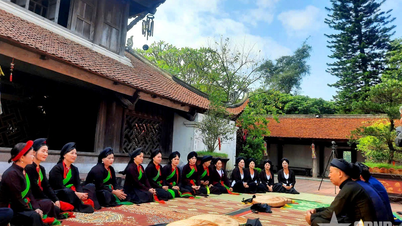

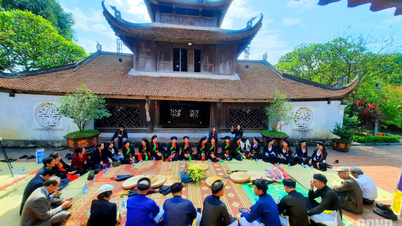
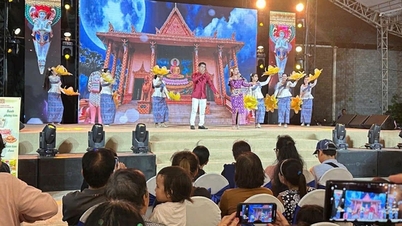

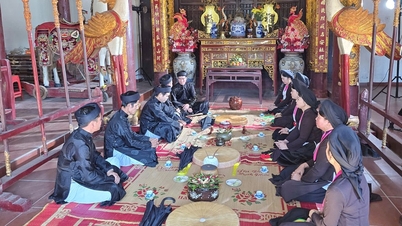
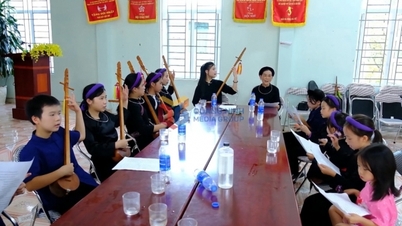

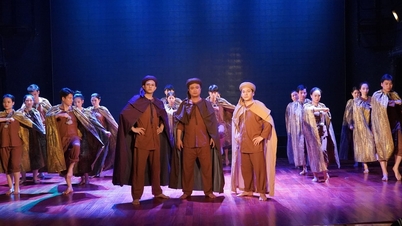

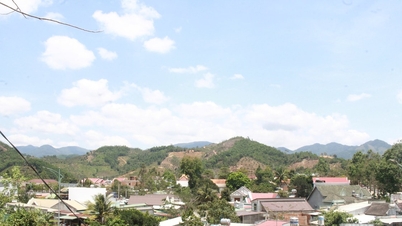

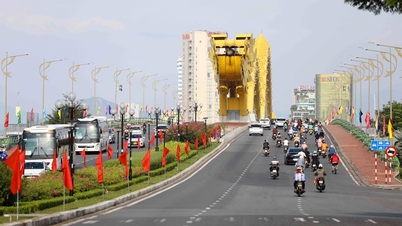
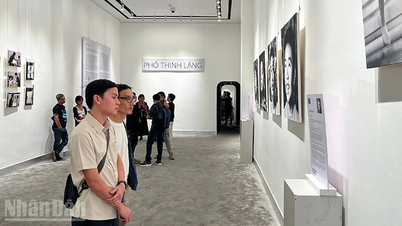

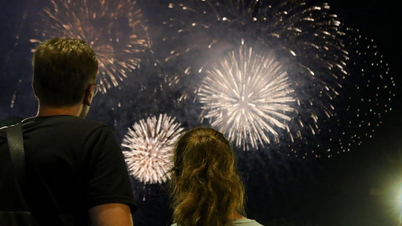

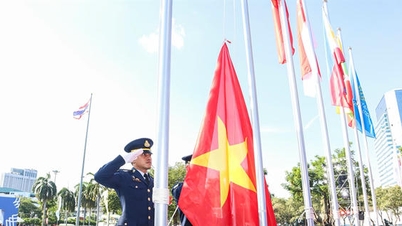

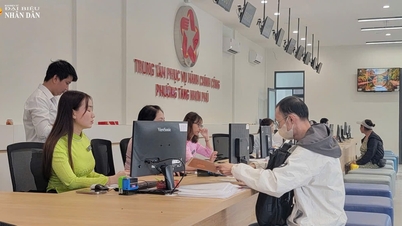




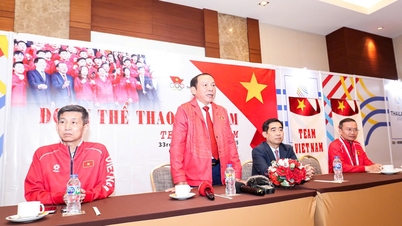




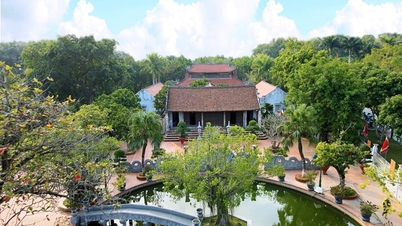
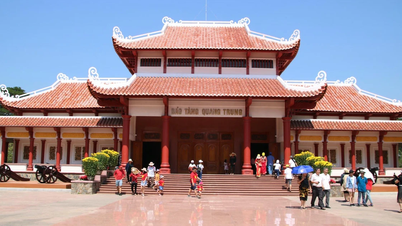
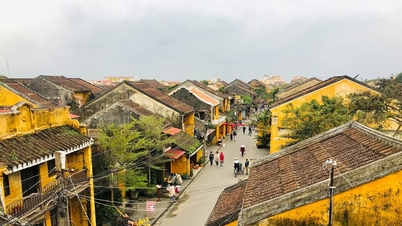

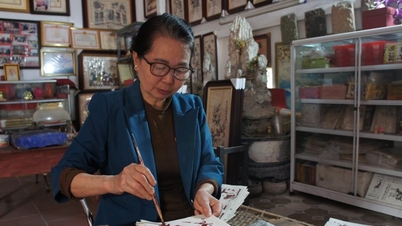

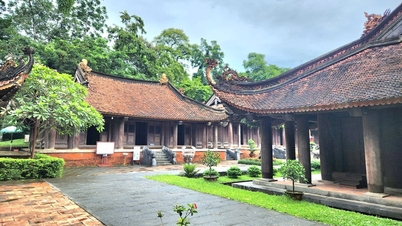
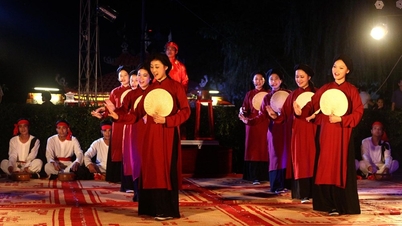
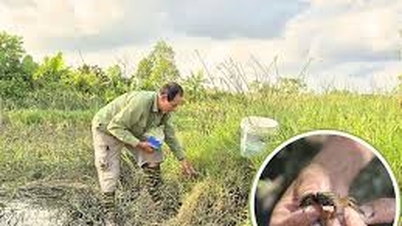

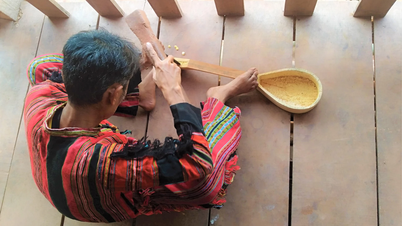

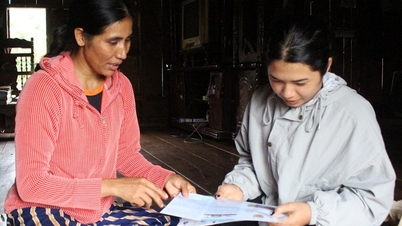

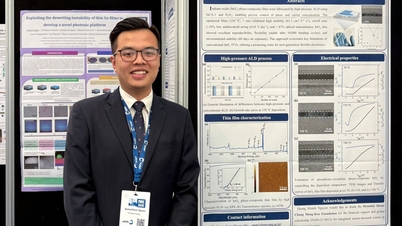

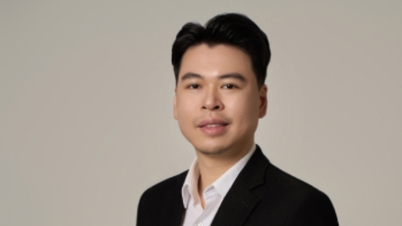

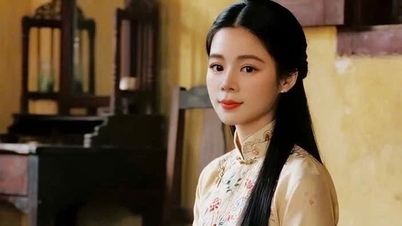

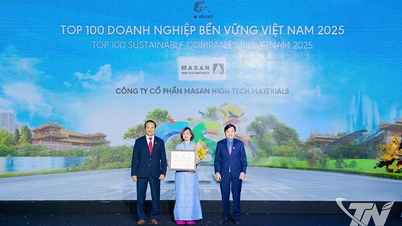

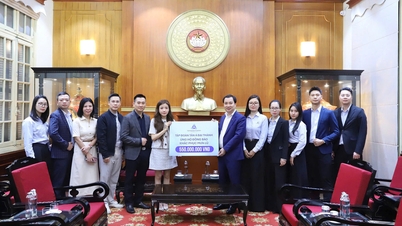




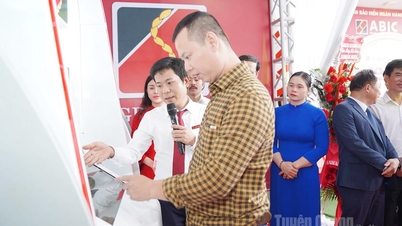








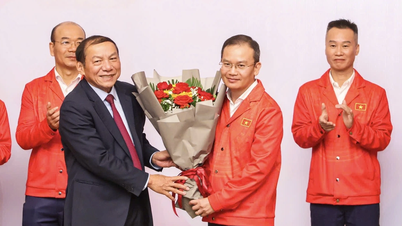




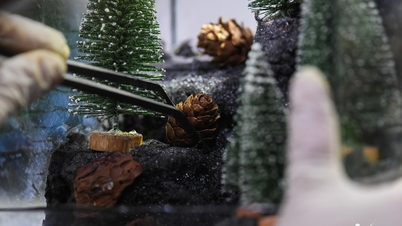





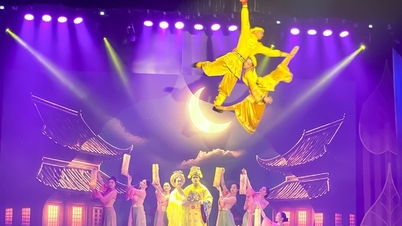
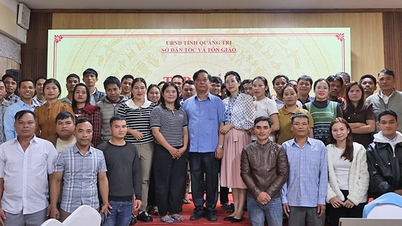






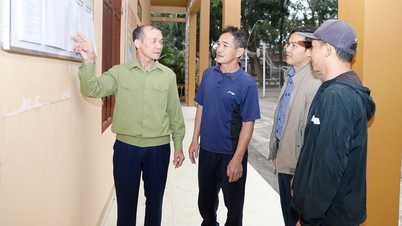



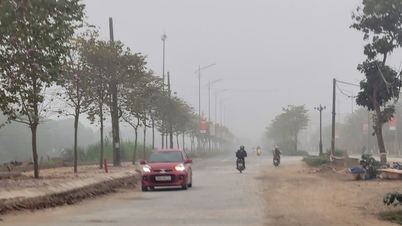
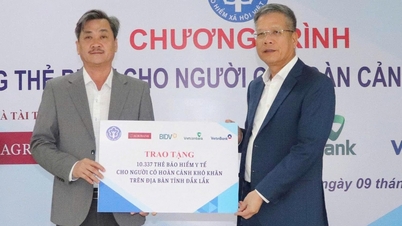












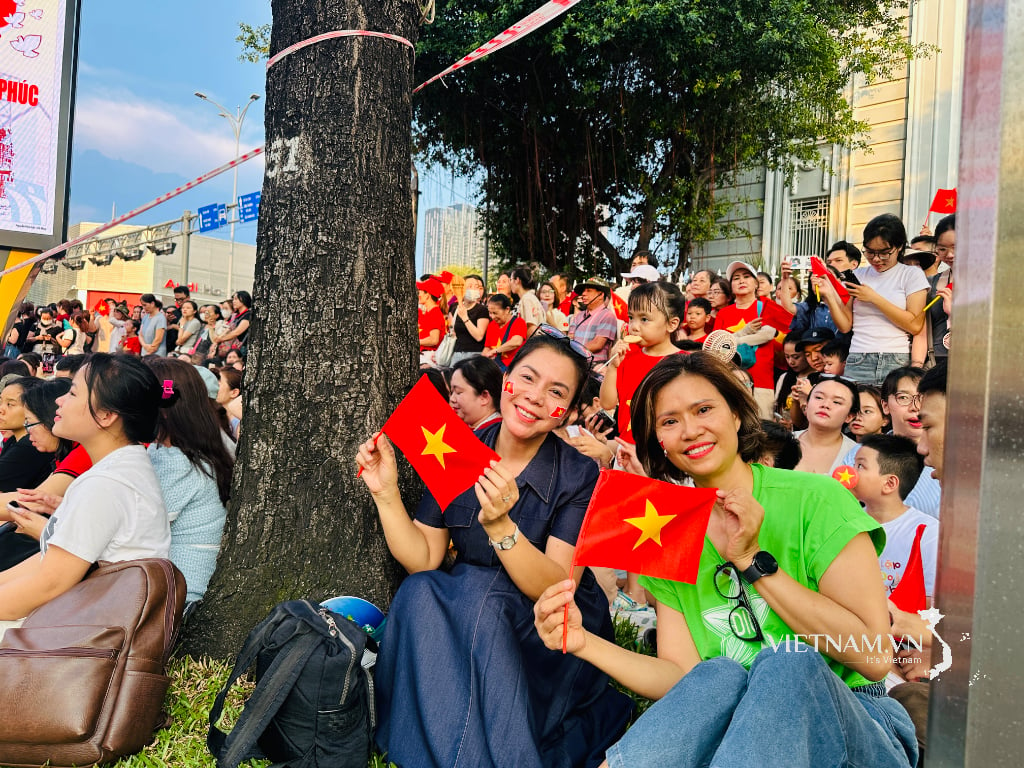


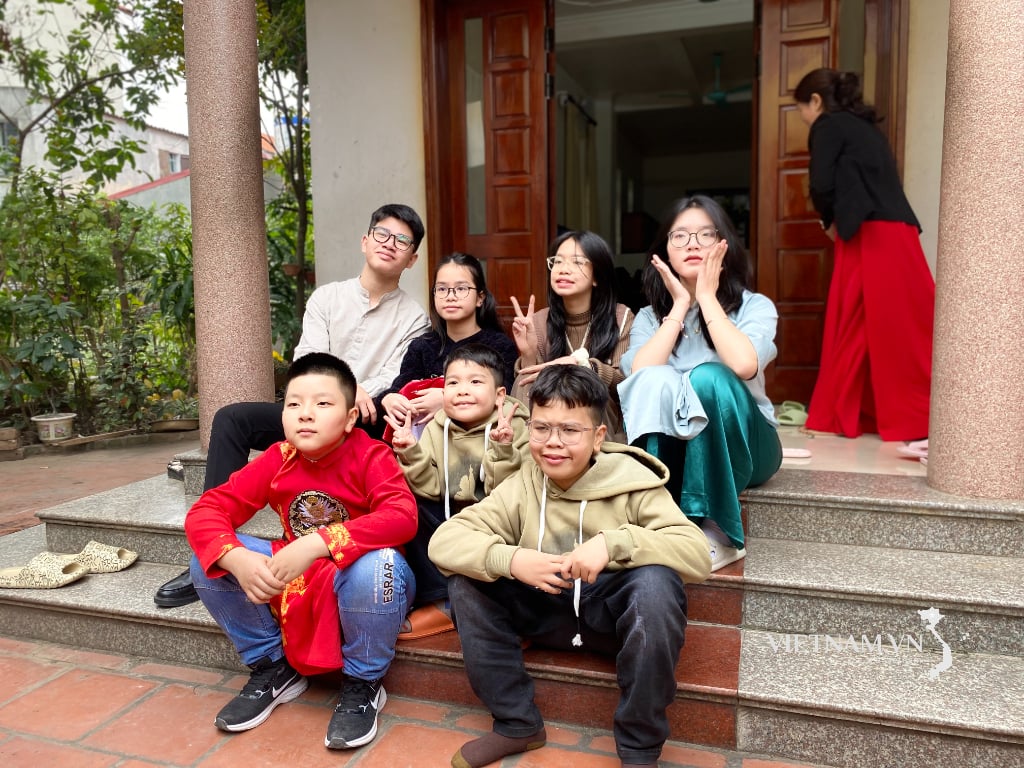




Comment (0)